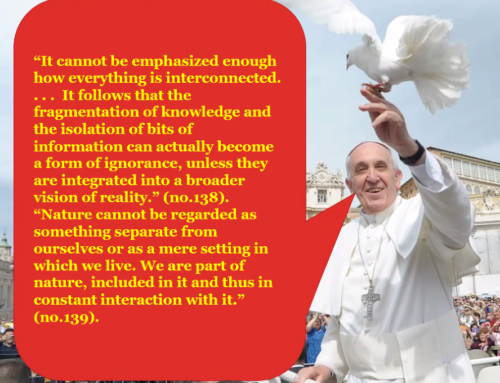Introduction
Consciousness is not a fundamental in the worldview that has been the dominant paradigm of science for several centuries, and from that worldview consciousness arises, and can only arise, from physiology. There can be no continuity of consciousness; and consciousness cannot be nonlocal.
This conviction is dogma, and I use that word very precisely. Why? Because Physicalism/Materialism is a worldview that does not adhere to the actual data, and like all dogmas is antagonistic to the actual facts. Neuroscientists Jeffrey M. Schwartz, Mario Beauregard, and physicist Henry Stapp put it very well:
“Neuropsychological research on the neural basis of behavior generally posits that brain mechanisms will ultimately suffice to explain all psychologically described phenomena. This assumption stems from the idea that the brain is made up entirely of material particles and fields, and that all causal mechanisms relevant to neuroscience can therefore be formulated solely in terms of properties of these elements. Thus, terms having intrinsic mentalistic and/or experiential content (e.g., “feeling,” “knowing,” and “effort”) are not included as primary causal factors. This theoretical restriction is motivated primarily by ideas about the natural world that have been known to be fundamentally incorrect for more than three-quarters of a century.”
I and many others have presented the experimental case, for nonlocal consciousness measured under the strictest and most rigorous of circumstances.2,3,4 There are now almost a dozen standardized protocols being carried out in universities and institutions throughout the world, each of which has odds greater than one in a billion that the results could be chance.

